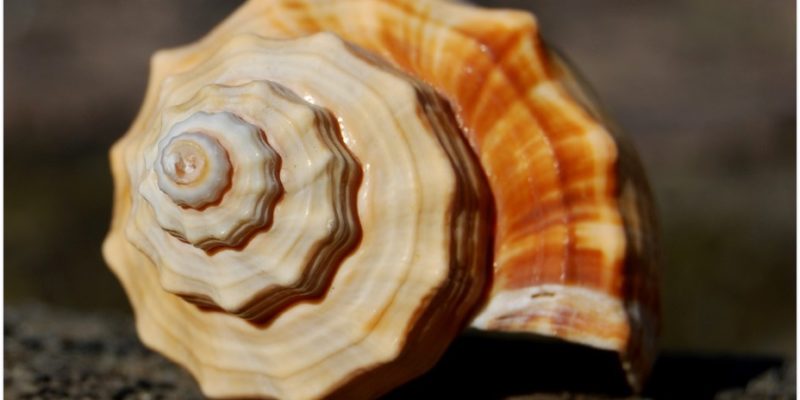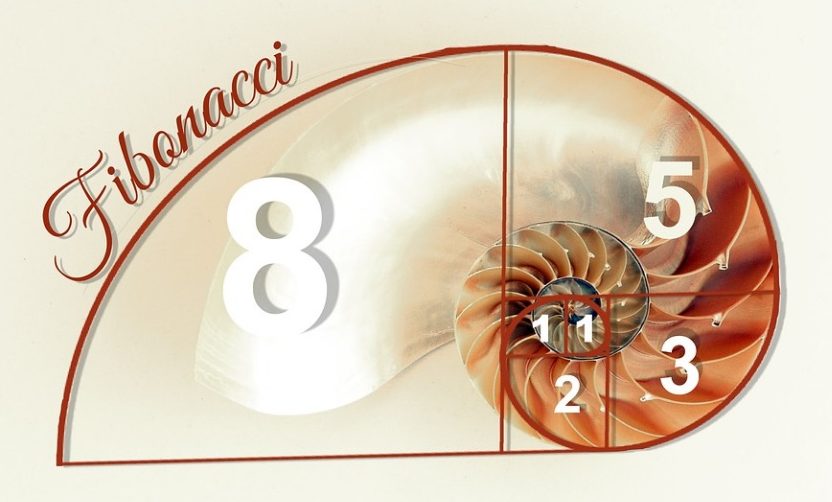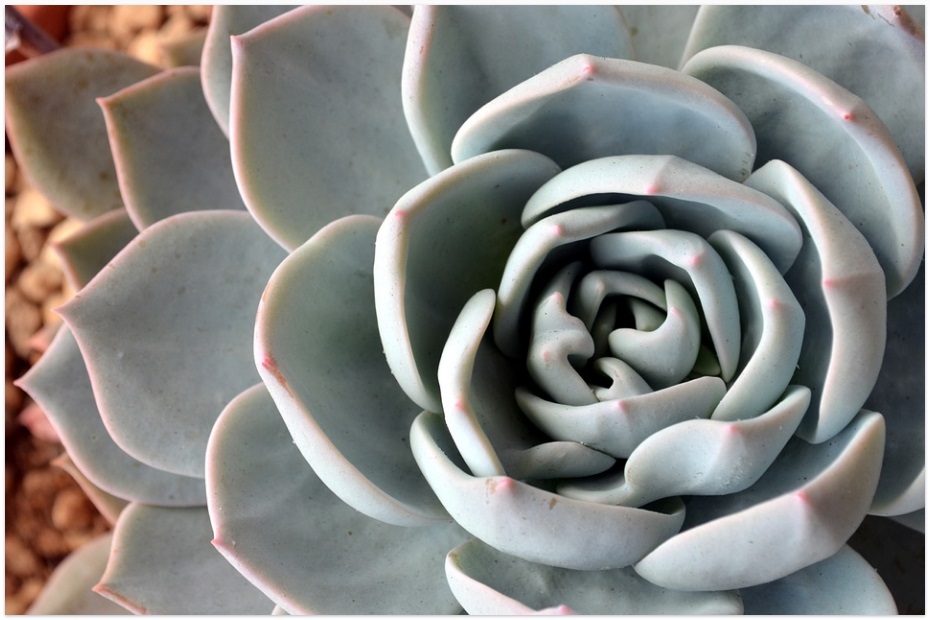
Transform Inspiration into Innovation
Leave your thoughts

Our most successful clients perpetually reinvent themselves by experimenting with new concepts, designs, and materials. A trendsetter’s work is usually in high demand and commands a higher price. So, where do these artisans find their inspiration?
Every artisan seems to have a different answer. For some, it may be a geometric design. For others, it may be nature. Still, others may be inspired by color and light. Let your inspiration fuel your art. Figure out what motivates you and act on it.
For example, if geometric shapes spur your creative passion, find places to see and study them. Visit museums and galleries. Google famous architecture. Visit your local library for books on geometric design. Observe all the shapes around you—a bridge, a spider web.

If nature makes your heart sing, immerse yourself in it. Take walks and hikes. Visit national parks, botanical gardens, a local farmers’ market, or the zoo. Study a tree trunk or a branch, a stream or the surf, rock formations or cliffs, a stormy sky or quiet sunset. Make a habit of carrying a camera or using your phone to capture images of natural wonders and organic shapes. One of our artisans has had great success with a particular seashell she incorporates into her jewelry line. Mother Nature’s artwork is sure to nurture yours.

Color and light may inspire you. A jeweler wanting more color can mix metals, use enamels, apply colored patinas, or incorporate vivid stones. A potter can explore techniques like marbling or terra sigillata. Check out ceramicartsdaily.org for a host of ideas. Maybe contrasts of light and dark arouse your curiosity and creativity. If you are a painter or photographer, an understanding of light and shadow is crucial. Observe the masters. Rembrandt was a pioneer of this technique. Contemporary cinematographer Roger Deakins is also celebrated for his use of contrasts.
While inspiration is the spark that sets the artistic project in motion, it is rarely enough to see it through. Innovation is often required to complete what inspiration started. The basic difference between creativity and innovation is execution. You must see your ideas through to completion. Take risks. Remember that “failing” is just another word for “learning.” Try using the materials and techniques you’ve never used. Go outside your comfort zone. Can your artwork be both functional and beautiful? Would moving parts make it more interesting? What about mixing media? Exploration, education, experimentation, and discovery lie ahead. The outcomes will be rewarding, fulfilling, and magical!

